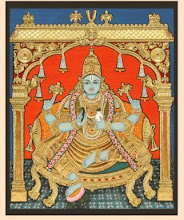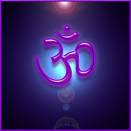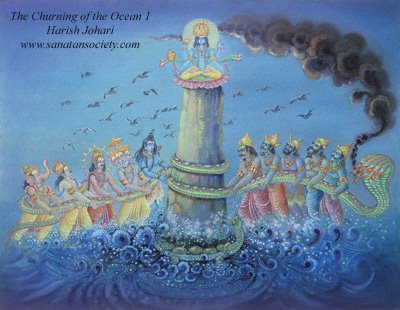ayurveda as it is known is science of life, it is more a life style rather than an alternate system of medicine, ayurveda the term is literally derived from the root "ayusho vedaha" i.e knowledge of life, hence ayurveda deals with the whole of life , it works on a person as a hole and not as fragments, it doesnt suppress your symptoms it works on a very different platform, ayurveda is more scientific that most traditional systems of medicines.
one of the most fundamental concepts of ayurveda is the pancha maha bhootha theory,
first what are these 5 mahabhoothas, they are
1. aakasha - compared to space, ether
2.vayu -compared to wind , air
3. agni -compared to fire, energy
4. jala or ap_ compared to water, liquidity
5. prthvi - compared to solid or earth
i feel that there is no exact or proper transalation to for these sanskrit terms exactly, let them be understood as they are. interstingly in sanskrit we call it as prapancham, which can be taken as universe. the name prapancham derives its name from the fact that it is formed of 5 maha bhootas. these mahabhootas doesnt exist as they are, but in mixed and sublime forms.
ANYONYANU PRAVESHA:
this theory tells about evolution of universe and mainly about the 5 maha bhootas. it says that maha bhootas are formed in succesive order from akasha to prthvi i.e aakasha ---vayu---agni---jala---prthvi.
one can cleanly relate that this order shows one striking feature, from emptiness or unstability of aakasha the travel ends in the most stable and solid prthvi. intersting do you see? also the states of matter solid, liquid and gas is also related. coming to human body now our human body is also made up of pancha maha bhoothas, a living person is said to be composed of 5mahabhootas and chetana or athma, and hence said to be shad dhatvatmaka purusha.
so how does these 5 maha bhootas in human body? yes it is in the form of 3 doshas...
vatha- aakasha+ vayu
pittha-teja+jala
kapha-jala+prthvi
its wonderful that u can find the same order from unstable to stability in 3 doshas too.
MAHABHOOTAS EVERY WHERE IN YOUR BODY:
again how to understand the presence of mahabhootas in your body? the answer to this is , to understand some thing which cant be percieved or understood directly as it is, one need to understan the guna- qualities and karma- action or effects, it goes like this
digestion, anabolism ,catabolism, glucose break down etc in all these processes there is transformation of something in to other which is the key , hence energy is involved and heat or ushna is felt or used up hence agni maha bhootha is there. think about solid organs composed of prthvi and jala mainly. thin about blood, lymph anything thats liquid composed of jala, think about respiration, neve conductio, motor and sensory activities, vayu is there. aakasha . how to understand this? all the other four combine in various proportions and undergoes various things within aakasha, any cavity, any space is aakasha. we will see more about clinical applications in next blog.




